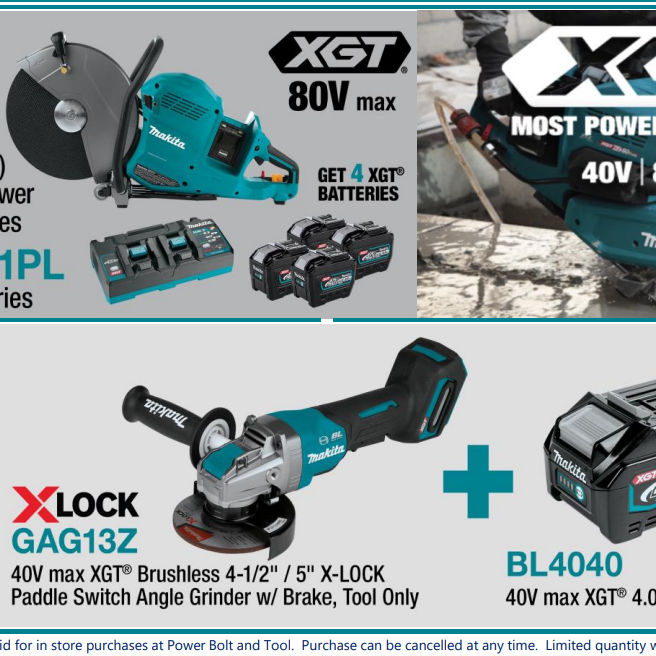
100% Satisfaction
Guaranteed
Guaranteed

{"one"=>"Select 2 or 3 items to compare", "other"=>"{{ count }} of 3 items selected"}